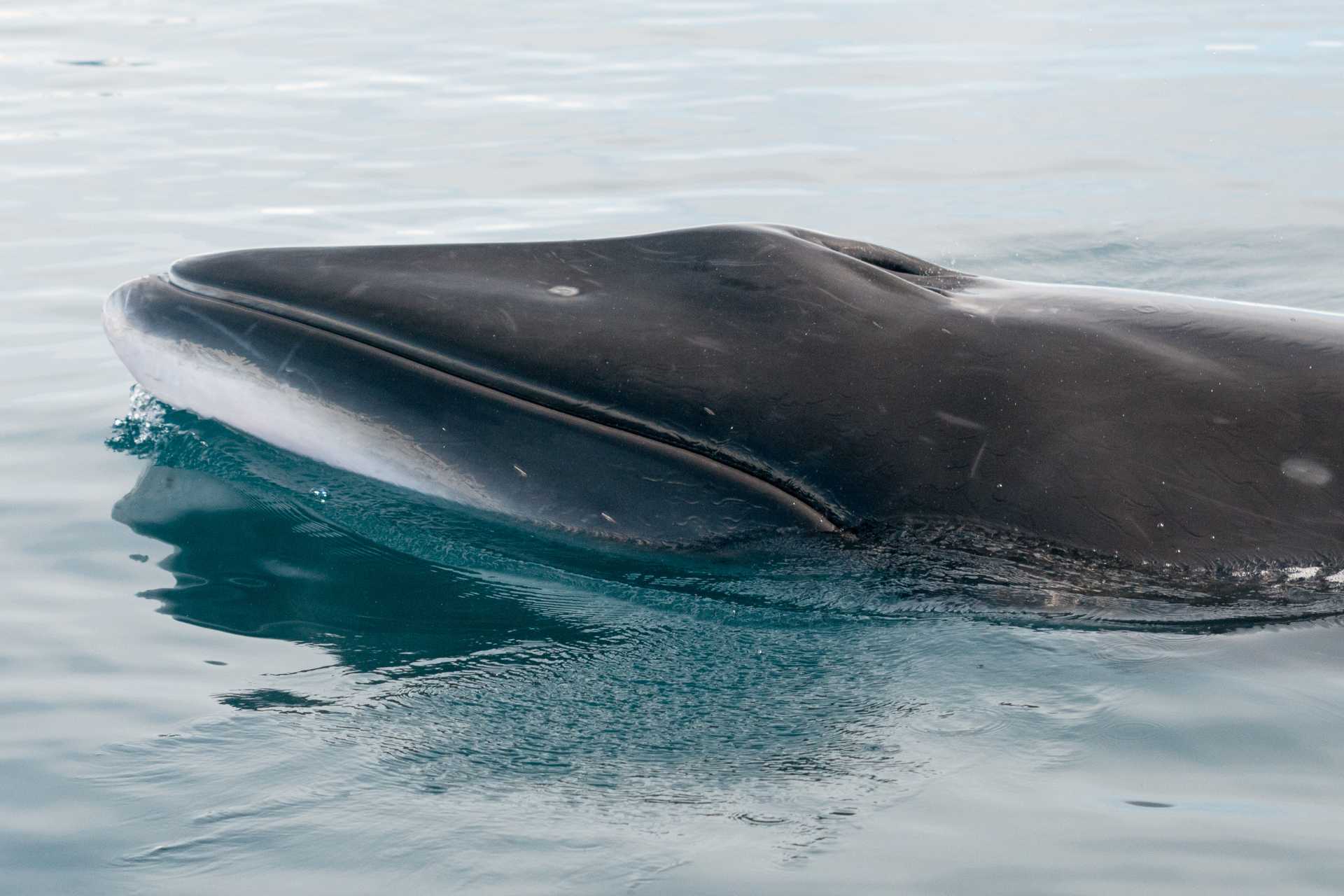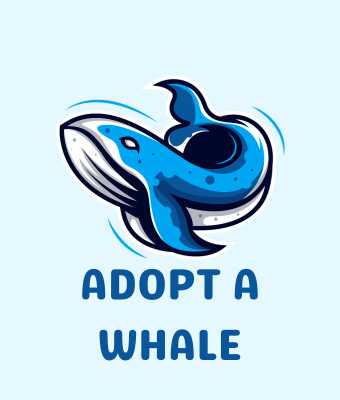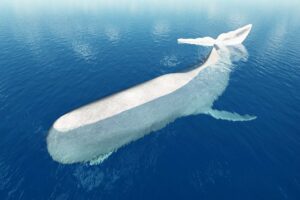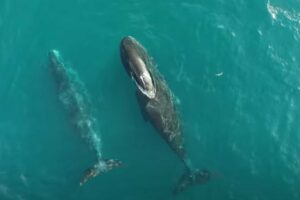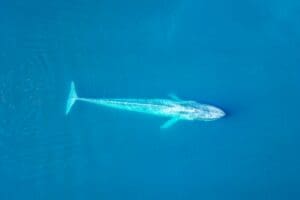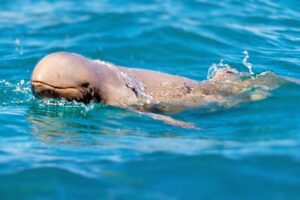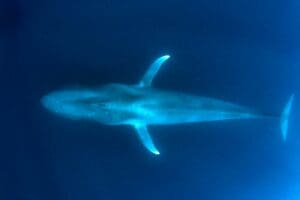The Minke Whale: Unveiling the Mystery
Get ready to dive into an enthralling exploration as you uncover the secrets of the Minke whale, the ocean’s mysterious inhabitant. You’ll learn about the distinct traits and habits that distinguish the Minke whale and grasp why these splendid mammals have fascinated both scientists and wildlife aficionados. Prepare to delve into the Minke whale’s marvels and unearth mysteries concealed in the ocean’s depths for ages.
Facts First

Understanding the Minke Whale
Taxonomy and species variations
You may not know that the Minke whale (genus Balaenoptera) falls under the suborder of baleen whales. Within this genus, you might encounter two primary species: the common or northern Minke whale (Balaenoptera acutorostrata) and the Antarctic or southern Minke whale (Balaenoptera bonaerensis). The taxonomy of these cetaceans is a bit complex, and debates about classifications still occur among scientists. Recognizing these two key species is your foundation for understanding their intricate world.
Physical description and characteristics
Check out a Minke whale’s physique, and you’ll notice they’re sleek and streamlined — like submarines of the ocean. Their coloring is quite distinctive: they typically feature a dark back and a lighter belly, a common pattern known as counter-shading in marine animals. A key feature that often catches the eye is the white band on each flipper, contrasting against their otherwise dark pectorals.
Size and weight comparison
Minke whales may seem gigantic to you, but they’re considered relatively small in the world of whales. Typically, an adult Minke whale measures about 23 to 26 feet in length — to give you a better picture, that’s roughly the size of a school bus. As for weight, they can tip the scales at a significant 10 tons. However, compared to the colossal blue whale, which can grow over three times as long and weigh an astonishing 200 tons, Minke whales are indeed on the smaller side among their baleen cousins.
Minke Whale Habitats
Geographical distribution
Imagine Minke whales as jet-setters of the ocean: they have passports stamped with a wide range of destinations. You’ll find them cruising various oceans worldwide, from the polar ice edges of the Arctic and Antarctic to the warm, tropical waters near the equator. These cosmopolitan creatures have a broad geographical reach, which makes encounters with them quite possible if you find yourself in the right maritime locales.
Migratory patterns
As the seasons change, so do the migratory patterns of the Minke whales. They tend to favor cooler regions during summer months and migrate towards warmer waters as the air chills. This routine is part of their nomadic lifestyle, chasing fertile feeding grounds and comfortable breeding zones across the globe.
Preferred environments
Minke whales are not picky about their homes but do have preferences. They thrive in open waters and are particularly fond of the edge of the ice, where food is plentiful, but they are also often spotted in coastal zones. You won’t find them lounging in shallow lagoons, as they seem to appreciate the depths the open sea offers.
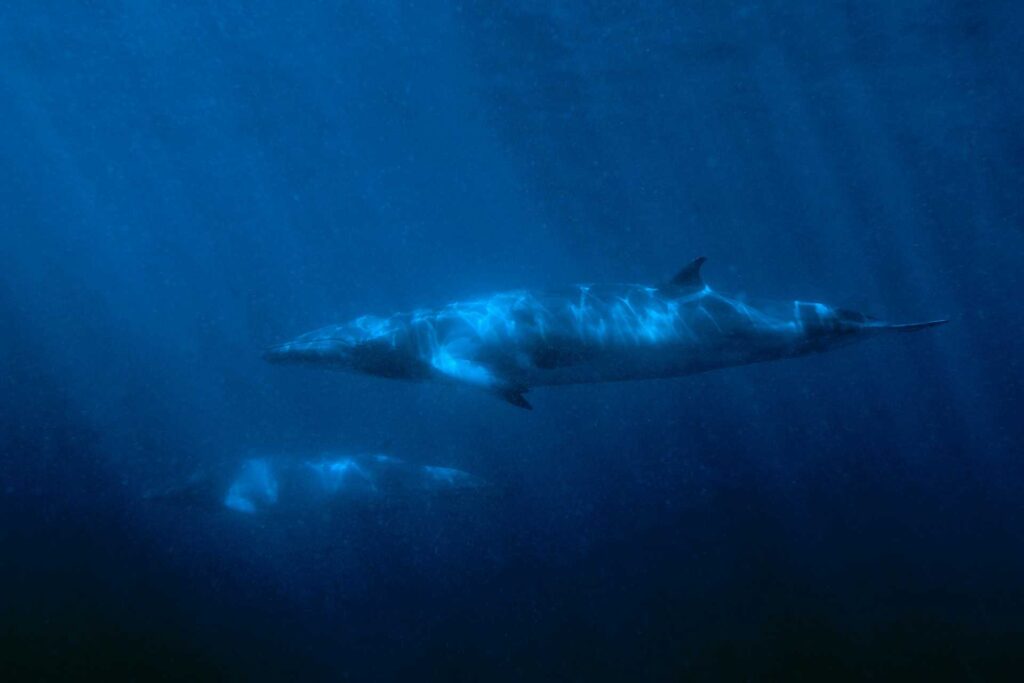
Feeding Behaviors and Diet
Common prey and hunting methods
When it comes to mealtime, Minke whales have a somewhat eclectic palate. They primarily feast on small schooling fish, krill, and other planktonic creatures. They’re lungers by nature, propelling themselves into dense groups of prey with open mouths — capturing swathes of sustenance in their baleen plates. It’s a spectacular hunting method that showcases their agility and precision.
Dental structure and its role in feeding
Your tongue might get twisted trying to pronounce “baleen,” the structure that’s pivotal to Minke whales’ feeding. Unlike the fearsome teeth of their predatory cousins, baleen whales have fringed plates hanging from their upper jaws. These fibrous filters allow Minke whales to sieve their food from the water, ensuring they get a mouthful of prey and not a gulp of the ocean.
Impact of feeding habits on marine ecosystems
Minke whales play a fundamental role in the ocean’s food web. As predators, their feeding behaviors help regulate the populations of krill and fish. This balance is vital for maintaining healthy marine ecosystems, demonstrating the interconnected nature of oceanic life, where every creature has an impact, from the smallest krill to the grand Minke whale.
Social Structure and Communication
Pod dynamics
When you picture whale pods, you might envision massive groups, but Minke whales tend to roll in smaller circles. They are often solitary or found in small groups, which can sometimes make them appear elusive compared to other, more gregarious cetaceans.
Vocalizations and sound patterns
If you ever eavesdrop on Minke whales, you’d be treated to a chorus of chirps, grunts, and thumps. Their vocalizations are more than aquatic small talk; they’re vital for communication across the vast, dark ocean. It’s how Minke whales coordinate with one another, signal distress, or navigate their underwater world.
Non-verbal cues and behaviors
Minke whales aren’t just chatterboxes; they’ve also mastered the art of body language. They breach, slap their flippers, and use their body postures to convey their intentions and emotions and to interact with their environment. Observing these non-verbal cues can offer you a glimpse into their social interactions and behaviors.
Reproduction and Life Cycle
Breeding habits
When it comes to romance, Minke whales tend to be seasonal lovers. They generally breed in the warmer months, which allows for a more hospitable environment to raise their young — akin to choosing to start a family in the suburbs rather than a bustling metropolis.
Gestation and calving
After flirtatious encounters, female Minke whales embark on a gestation journey that lasts about 10 months. When it’s time to deliver, they give birth to a single calf. This freshly minted Minke then sticks close to its mother, suckling nutrient-rich milk and learning the ropes of whale life.
Growth stages and lifespan
From the moment they’re born, Minke whale calves grow at a breakneck pace, gaining weight and length remarkably quickly. Their adolescence is a critical time of learning survival skills, and if all goes well, they can expect to live for 30-60 years, gracefully swimming through the ocean’s chapters of life.
The Role of Minke Whales in the Ecosystem
Predator-prey relationships
In the tapestry of the marine ecosystem, Minke whales are both predator and prey. While they feast on smaller marine organisms, they must watch their own backs for larger predators like killer whales. This dynamic is crucial in maintaining ecological balance and ensuring diversity is upheld within maritime environments.
Contribution to marine biodiversity
As mobile ocean dwellers, Minke whales help distribute nutrients through their fecal plumes — a less glamourous but crucial role. This nutrient redistribution promotes plankton growth and supports a diversity of life forms throughout the marine food chain.
Impact on the ocean’s health
The Minke whales, by their mere existence, indicate the health of the ocean. They are like barometers, signaling when there’s a disturbance in the balance of their marine habitat. A thriving Minke population often equates to a thriving ocean ecosystem, demonstrating its intrinsic value in the blue heart of our planet.
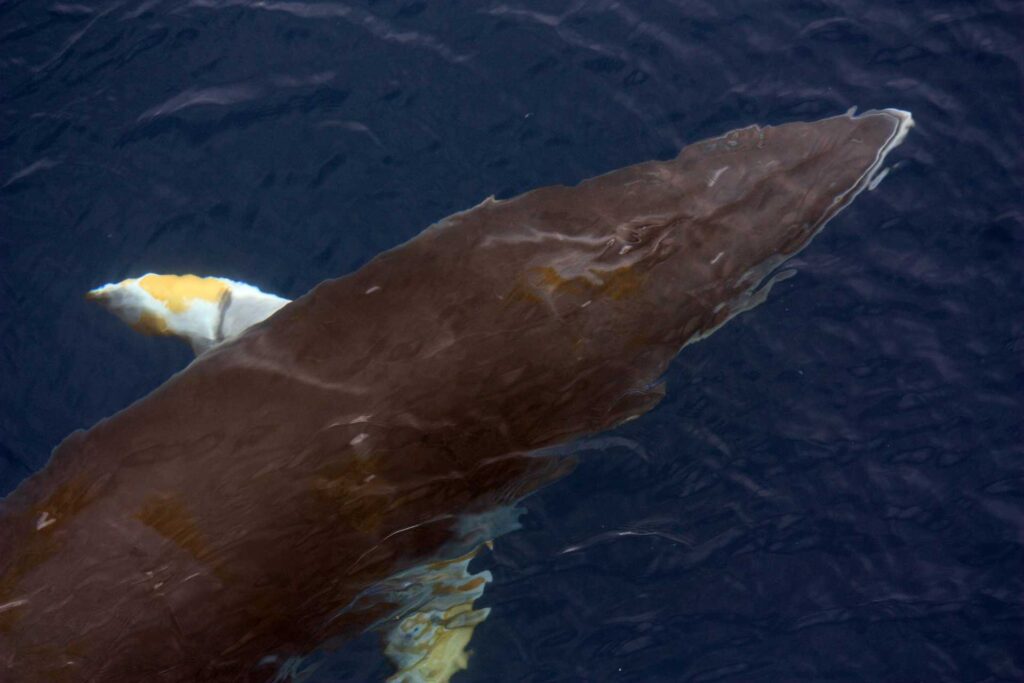
Human Interactions with Minke Whales
Whaling history and the current status
Historically, you’d find Minke whales in the unnerving crosshairs of whaling ventures. Although past hunting substantially impacted their populations, many Minke whale groups have shown resilience and have bounced back since the outright bans and regulated whaling practices were introduced. Yet, they still face pressures of a different kind, which serves as a continuous threat.
Tourism and whale watching
Whale watching has become a popular way for you and others to encounter Minke whales in their natural habitat — a positive shift from exploitation to appreciation. This practice generates revenue and educates the public, fostering a sense of stewardship and connection to these oceanic inhabitants.
Research and conservation efforts
Minke whales have become subjects of fascination for both the scientific community and conservationists. Research efforts aim to deepen the understanding of their biology, behavior, and the shifting conditions of their habitats. Such knowledge is essential for effective conservation strategies that ensure the future of these marine mammals is secured.
Threats to Minke Whale Populations
The effects of climate change
Climate change is like an uninvited guest altering the conditions of Minke whale habitats. With ice caps melting and ocean temperatures rising, food availability and migratory routes are disrupted. These changes make the future uncertain for Minke whales, who are forced to adapt to a rapidly changing world.
Fishing industry conflicts
Minke whales sometimes find themselves entangled in the nets of the fishing industry, a disastrous encounter for both the whales and fishermen. Beyond the immediate danger, overfishing can deplete the whales’ food sources, which is yet another threat imposed by human activity.
Pollution and habitat degradation
Your everyday choices can have far-reaching effects, even touching the lives of Minke whales. Ocean pollution, including plastic waste and chemical runoff, can contaminate whale food sources and habitats. Habitat degradation through noise pollution and coastal development also adds to the pressures these creatures face daily.
Conservation Measures and Legal Protection
International regulations and agreements
Thankfully, the Minke whales are not without their international guardians. Agreements such as the International Whaling Commission (IWC) have been instrumental in minimizing whaling activities and promoting the recovery of whale populations. These regulations are continually adapted to ensure Minke whales sail toward a safer future.
Conservation programs and their effectiveness
There are numerous conservation programs dedicated to protecting Minke whales. They include monitoring populations, protecting critical habitats, and altering shipping routes to reduce collisions. The effectiveness of these programs is a buoy keeping the hope for Minke whale survival afloat.
The role of NGOs in whale conservation
Non-Governmental Organizations (NGOs) play a pivotal part in undertaking grassroots actions and campaigns that advocate for Minke whale conservation. They can be the voice that resonates in legislative chambers and the hands that reach out to educate the public. These organizations are often at the forefront of ensuring that Minke whales remain a living wonder for generations to come.
The Future of the Minke Whale
Predictions based on current trends
Looking into the crystal ball for Minke whales, predictions fluctuate with the ebb and flow of human influence and environmental change. If current conservation efforts are bolstered, and human behaviors become more sustainable, there is hope that Minke whale populations will stabilize and perhaps even grow.
The importance of sustainable ocean practices
Sustainable practices must be more than buzzwords on paper for the oceans to continue cradling life. Sustainable fishing, waste management, and carbon footprint reduction are imperative actions to ensure the well-being of the Minke whales and countless other marine species.
How individuals can contribute to conservation
Every individual has a role in the Minke whale conservation narrative. By making informed seafood choices, reducing plastic use, supporting conservation organizations, and spreading awareness, you actively contribute to a future where Minke whales and the ocean at large can thrive. Your mindful steps can lead to giant leaps for marine life — a testament to the power of collective action for the oceanic giants that roam beneath the waves.

